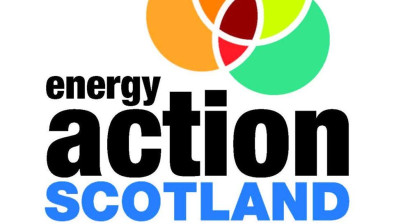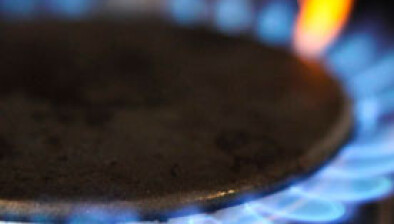New fuel poverty figures reveal ‘patchwork of progress’ by Scotland’s councils
 Newly published fuel poverty figures for Scotland’s local authorities highlight the scale of the problem which many households face to keep themselves and their families warm at home, according to national fuel poverty charity Energy Action Scotland.
Newly published fuel poverty figures for Scotland’s local authorities highlight the scale of the problem which many households face to keep themselves and their families warm at home, according to national fuel poverty charity Energy Action Scotland.
Based on information from the Scottish House Condition Survey, the statistics for the period 2013 to 2015 show that some local authorities are making more progress than others on tackling the problem of cold, damp homes.
For example, Stirling had the biggest drop (5%) in levels of fuel poverty from 34% to 29%. However, Argyll and Bute reported the biggest rise (8%) in fuel poverty from 40% to 48%.
Of the 32 local authorities across Scotland, six of them were found to have increased levels of fuel poverty.
Overall in Scotland for the same period 2013 to 2015, the average level of fuel poverty was down by 1% to 34%.
All of the local authorities which are showing increases in fuel poverty are rural or have significant rural areas in them.
Fuel poverty is widely recognised as being caused by poor energy efficiency of homes, low incomes and high energy prices. The results are people having to ration the time they have their heating and hot water on and also in making the hard choices between essentials such as buying food or paying for fuel bills.
Scottish Government programmes are working to make a difference and all local authorities are involved in designing and delivering some of this assistance.
This year the Scottish Government pledged to review its fuel poverty strategy and to reset the target to end fuel poverty that expired last autumn.
Energy Action Scotland said the latest statistics can be judged as showing progress overall across the country but with much work still to be done to solve the problem of fuel poverty.
The figures are given extra significance because of the wintry weather still gripping the country, the charity added.
Norman Kerr, director of the Energy Action Scotland, said: “The figures now published show a patchwork of progress across the country. The majority of local authorities are moving levels of fuel poverty in the right direction. However, others have more work to do to overcome difficult conditions such as helping rural properties that are off the gas grid.
“Without the work being done by local authorities to tackle fuel poverty, the level of the problem would undoubtedly be much worse. The new figures highlight that progress can be made but that more resources are needed, particularly where local conditions are tougher to deal with.
“When the Scottish Government reviews its fuel poverty strategy later this year, it is essential that the important role that local authorities play in tackling fuel poverty has a central place in it and that they are well-resourced for the task.
“The local elections in May are also an opportunity for local representatives to pledge their commitment to ending the scourge of fuel poverty.”









